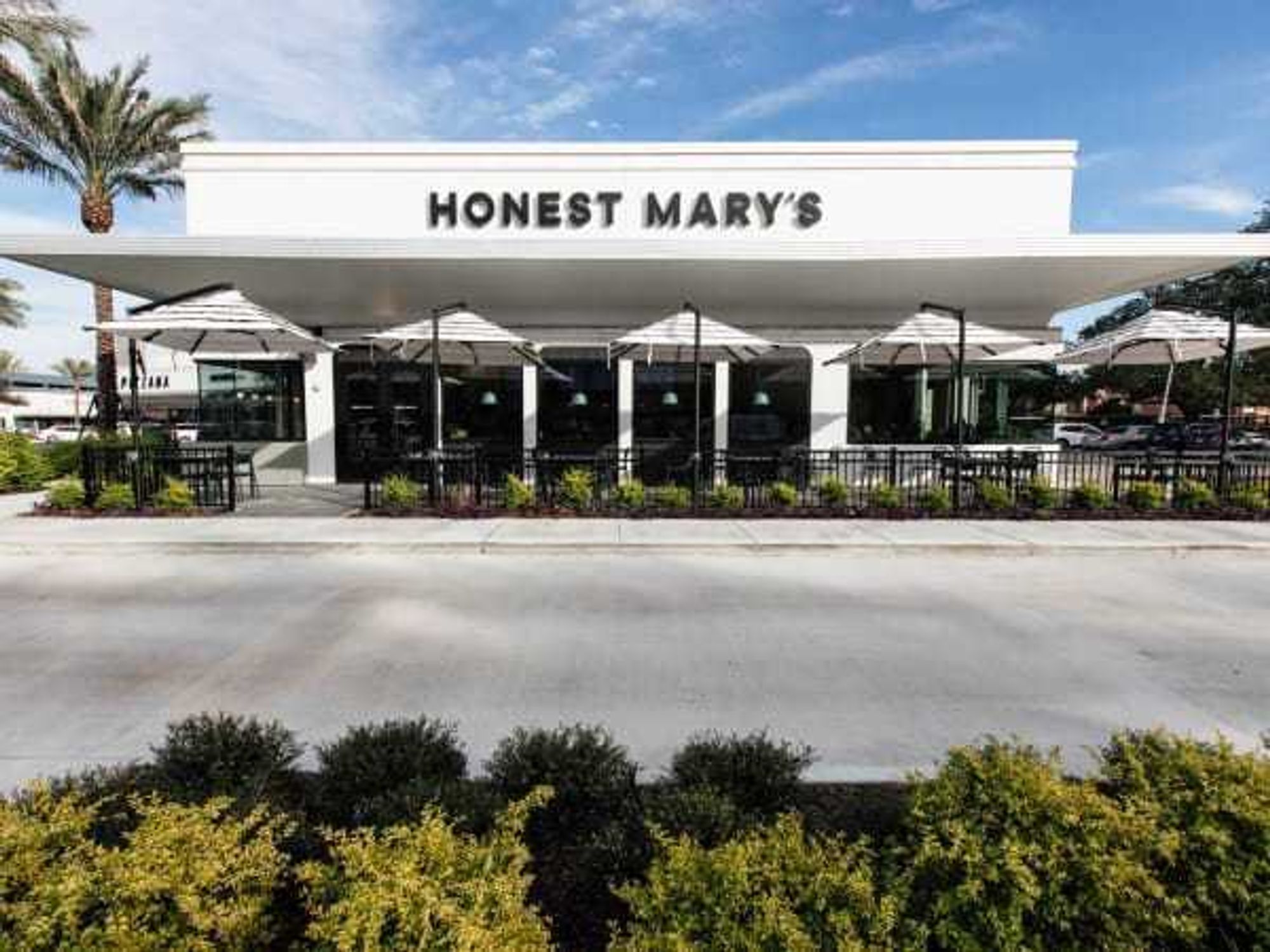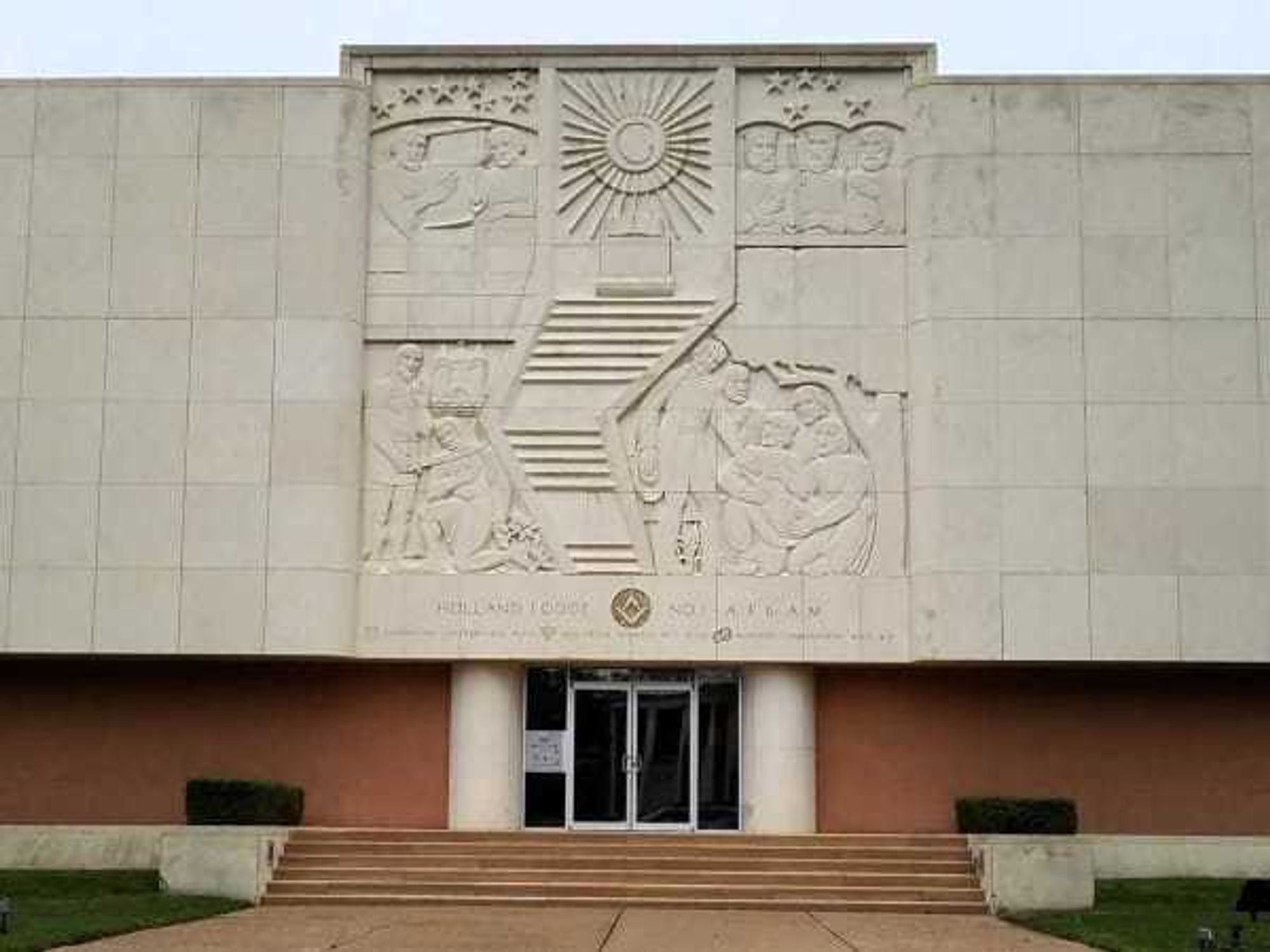We're No. 81
When it comes to parks, Houston scores low in national survey and funding is a factor

The Trust for Public Land recently released its 2017 ParkScore index rating park systems in the 100 largest U.S. cities. Houston comes in at a lowly No. 81, tied with Newark and Wichita.
The index utilizes mapping technology along with demographic data to determine how well cities are meeting the need for parks. It takes in factors such as percent of park land in a city, the spending per capita, and even the number of basketball hoops and dog parks per 100,000 residents.
Each city can earn a maximum score of 120 points; Houston scored 39. Points were awarded for eight statistical measures in three categories: acreage, facilities and investments and access. The total is than normalized to a scale out of 100. This final value is the city’s ParkScore.
Minneapolis came in at No. 1, followed by St. Paul, San Francisco, Washington D.C., and Portland, Oregon.
Houston’s ranking was heavily impacted by its investment grade, earning a 2 out of a possible 20 points on what the city spends on its parks. Back in 2012, ParkScore reported the Bayou City spent $43 per resident on its parks. Today that amount is $35. By contrast, Minneapolis spends $233 per resident.
Among Texas cities, Plano ranked highest No. 17 and Austin came in at No. 46. Other Texas cities and their rankings: Dallas (No. 50), Arlington (No. 59), Garland (No. 63), San Antonio (No. 69), Irving and Lubbock (tied at No. 85), and Laredo (No. 93).
The map indicates where ParkScore feels there are park gaps. Park gaps are based on a dynamic 1/2 mile service area (10 minute walking distance) for all parks. In this analysis, service areas use the street network to determine walkable distance - streets such as highways, freeways, and interstates are considered barriers.

 The building at 4911 will be torn down for the new greenspace. Holland Lodge No. 1, A.F. & A.M./Facebook
The building at 4911 will be torn down for the new greenspace. Holland Lodge No. 1, A.F. & A.M./Facebook